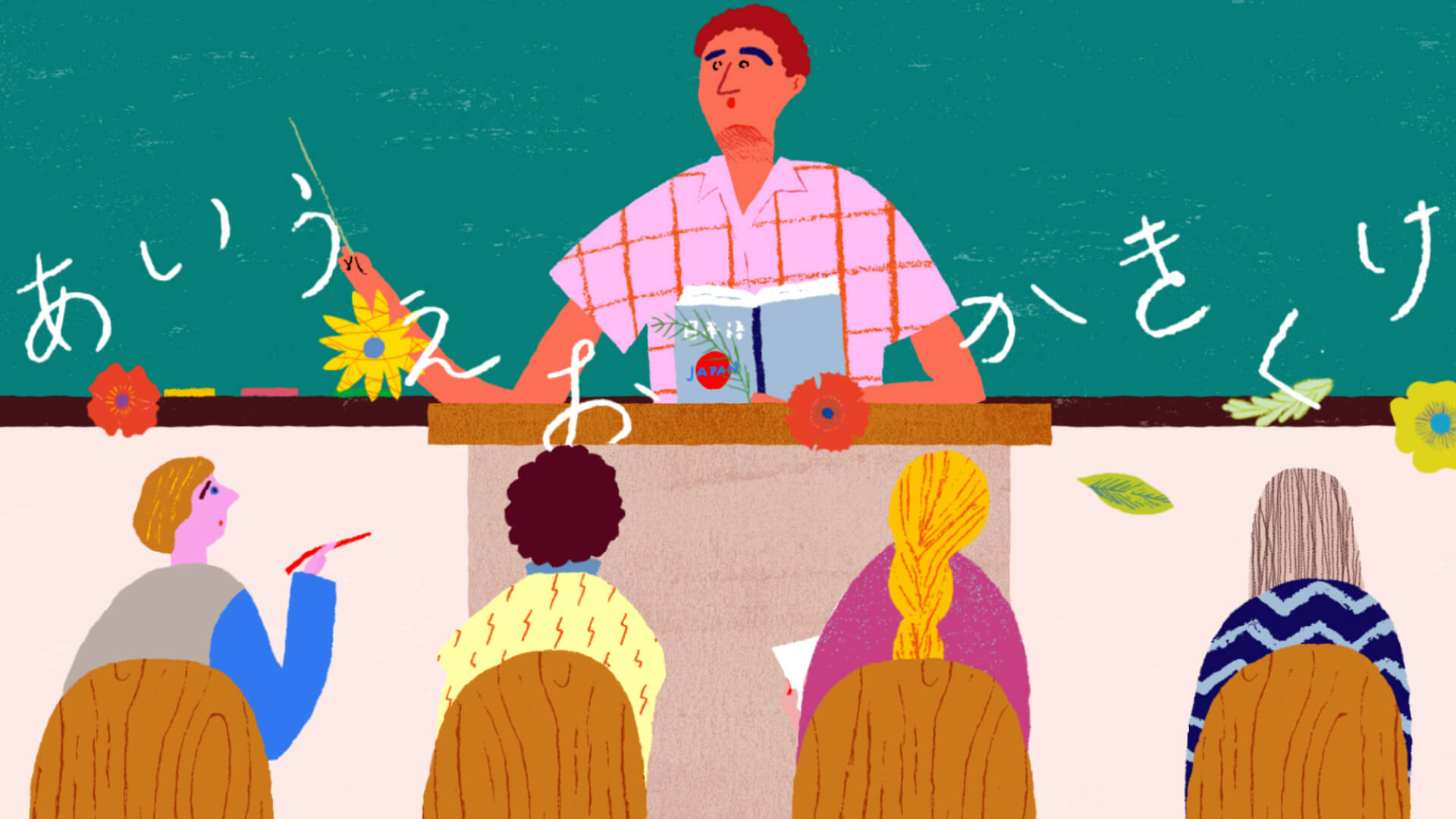The Japan Foundation, New Delhi is pleased to present an exhibition by Shine Misako, a renowned Japanese painter.
[ MISAKO SHINE Exhibition -Speculation on Art of Bengal School]
Date: 1st – 10th December (11am to 7pm)
Venue: At Gallery, the Japan Foundation, New Delhi
ENTRY FREE
* * *
Artist: Misako Shine
Born in Osaka, completed Tama Art University Graduate School of Fine Arts Graduate School. Staying in India from October to December 2016 under the Japanese Government Agency for Cultural Affairs Program of Overseas Study for Upcoming Artists
* * *
It seems difficult to explain Japanese paintings of modern era without mentioning Mouroutai (朦朧体). Mouroutai is a technique for painting initially started by Taikan Yokoyama, Shunsou Hishida and other major Japanese painters of Meiji period (1868 – 1912) in Japan, which was brought beyond borders to India. Mouroutai or wash technique is the technique, where a water colour painting is once completed, the painting is lighten or graded lighter with water for its finalisation. This technique was devised by Abanindranath Tagore and others of Bengal School, who met Taikan and Shunsou and saw their works.
Bengal School arose as a one of the first art and movements in the early twentieth century in Bengal region of India. Influence and guidance of E.B. Havell and Tenshin Okakura, and awareness of modernism are obviously seen in the process of establishing the School. Abanindranath was the first artist who worked with Havell for the nationalist movement of art.
Later, Japanese painters travelled to India one after another, and Bengal School started to build a deep relation with Japanese modern paintings. Rabindranath Tagore initially opened the door between India and Japan. Tenshin Okakura, whom Tagore communicated for the first time, is a mentor of Taikan and Yokoyama, and who set a course for Japanese painters of the later period to visit India. Rabindranath Tagore, needless to say, is a celebrated figure like a god of Bengal region, and I workshop his mind for creation.
‘People say, ‘beautiful’, seeing my painting, and I spoil it. Dropping inks and adding random lines, and having made it completely useless, I start working to rescue the paining until it will show some another look.’
Repeating these words of Tagore in my mind, I have worked here in India for two months. Having touched the works left by great painters of Bengal School and wash technique, now I leave what I have sought here, in a shape, as a Japanese painter.
I appreciate the Japan Foundation for offering me this opportunity for my exhibition, from my heart.
 Twitter
Twitter

 '
'